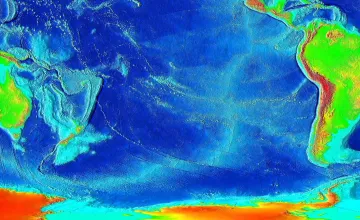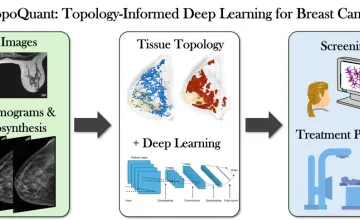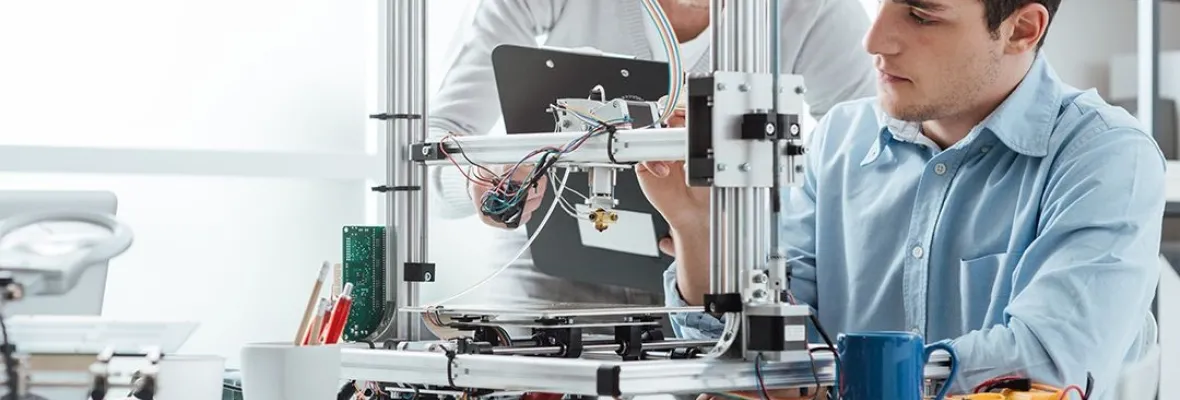AAU universities conduct a majority of the federally funded university research that contributes to our economic competitiveness, health and well-being, and national security. AAU universities are growing our economy through invention and innovation while preparing the next generation of scientists and engineers for global leadership. By moving research into the marketplace AAU universities are helping to create jobs, and provide society with new medicines and technologies.

UMD geologists uncovered evidence of a section of seafloor that sank into the Earth's mantle when dinosaurs roamed the Earth; it's located off the west coast of South America in a zone known as the East Pacific Rise.

Novel research supported by NCI could lead to more specific predictive disease models

A new University of Kansas study reveals parents seeking health care information for their children trust AI more than health care professionals when the author is unknown, and parents rate AI generated text as credible, moral and trustworthy.

Hypertension and amyloid plaques can separately cause dementia. Having both increases a person’s odds of developing cognitive decline, a new study finds
Explore More: University Research
You can filter stories by the university.
The development of an aggressive, early-onset form of colon cancer may come down to a single missing iron atom in a key DNA repair protein, according to researchers.
California Institute of Technology | University of Michigan | University of Southern California | University Research
The Long Island State Veterans Home (LISVH) in Stony Brook, NY, is the first state veterans home in the country to offer virtual reality experiences to residents.
USC researchers have identified 150 proteins affecting cell activity and brain development that contribute to mental disorders, including schizophrenia, bipolar condition and depression.
University of Southern California | Researching the Brain, Seeking Cures | Depression & Schizophrenia | University Research
For African-Americans and Latinos, a diagnosis of diabetes after age 50 may also come with a more than threefold risk for developing pancreatic cancer, according to a new study led by the Keck School of Medicine of USC.
University of Maryland researchers conducted one of the first in-depth analyses of the educational use of virtual reality and found that people remember information better if it is presented to them in a virtual environment.
